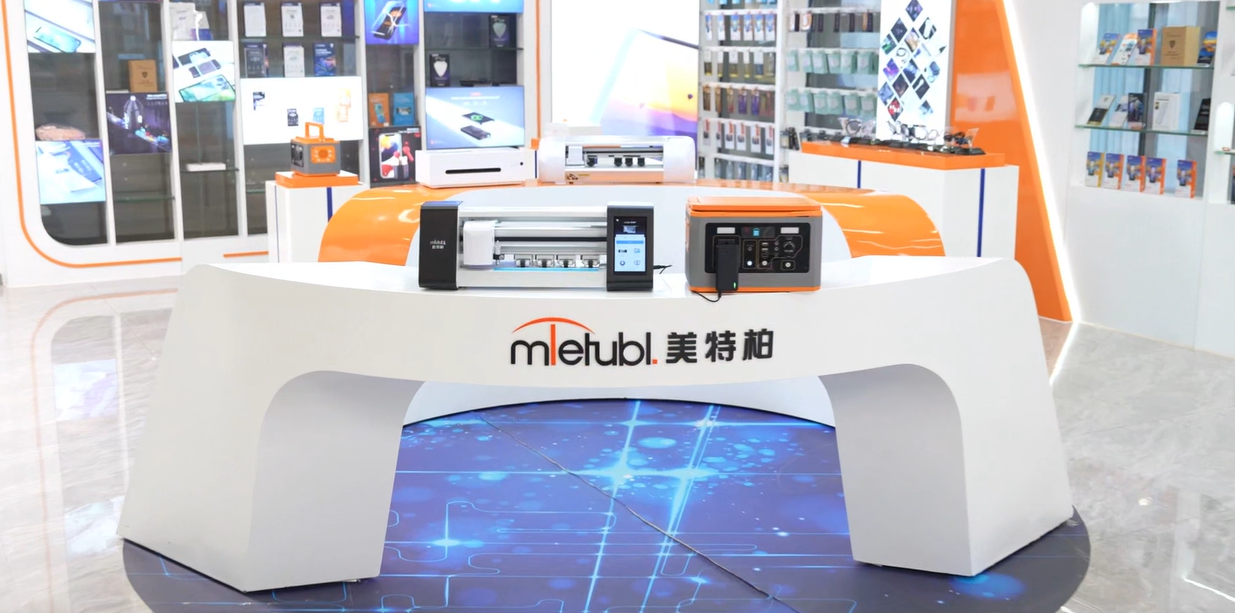
MIETUBL Brand Overview
MIETUBL is a brand originating from China and thriving through China’s intelligent manufacturing. It is committed to providing high-quality mobile accessories and related products to global consumers. Since its inception in 1998, the brand has followed the trends of the times, focusing on resource integration and building a symbiotic and shared industry ecosystem, enabling global consumers to conveniently access quality products that enhance their lives.
By continuously innovating and diversifying its product offerings, MIETUBL has achieved significant success in the mobile accessory industry. As a brand driven by customer value and innovation, MIETUBL has expanded into various product applications while accumulating rich industry experience and establishing a stable customer base. Headquartered in Zengcheng, Guangzhou, the company has strategically positioned itself within the mobile accessory industry, integrating high-quality production resources and aiming for a win-win business model.
Core Values and Development Vision:
-
Customer-Centric: MIETUBL always prioritizes customer needs, continually enhancing product quality and consumer experience through innovation and technological research and development.
-
Resource Integration and Industry Symbiosis: By integrating industry resources, MIETUBL creates a symbiotic, shared industry ecosystem, connecting global distributors and consumers, and promoting mutual growth across the value chain.
-
Global Vision: MIETUBL is committed to bringing Chinese manufacturing to the world, providing global consumers with high-quality, innovative mobile accessories, while offering profitable opportunities for distributors.
MIETUBL’s long-term vision is to continually enhance its products through innovation and quality, establishing “MIETUBL” as a globally trusted brand, recognized in markets around the world.
PRODUCTS
How to Choose the Right Tempered Glass for Your Building Project
Understanding the Properties of Tempered Glass
Tempered glass, also called toughened glass, undergoes a heat treatment process that significantly increases its strength compared to annealed glass. This process involves heating the glass to a high temperature and then rapidly cooling it. This rapid cooling creates compressive stresses on the surface and tensile stresses in the core, making the glass remarkably resistant to impact, thermal shock, and bending. The enhanced strength translates directly to improved safety, as tempered glass is less likely to shatter into sharp shards in the event of breakage. Instead, it typically breaks into relatively small, blunt pieces, minimizing the risk of injury.
The level of tempering can vary, affecting the final strength and other properties. Understanding the specific requirements of your project—in terms of impact resistance, thermal stability, and other factors—is key to selecting the appropriate level of tempering. Always consult with a glass supplier or expert to determine the optimal tempering for your application.
Considering the Application: Where Will the Glass Be Used?
The application of the tempered glass dictates the specific requirements. For instance, storefront windows require high impact resistance to withstand potential vandalism or accidental collisions. Similarly, shower enclosures need to be resistant to thermal shock from the constant changes in temperature and humidity. Skylights must withstand substantial weight and potential hail damage, demanding a higher level of strength and durability. Each application has unique challenges, requiring careful consideration of the glass's properties.
High-traffic areas such as entrances and walkways might necessitate even stronger tempered glass to withstand repeated impacts and potential abuse. Conversely, less exposed areas might allow for a slightly less robust type of tempered glass, saving on costs without compromising safety. Clearly identifying the intended use of the glass is fundamental to choosing the right type.
Thickness and Size: Balancing Strength and Aesthetics
The thickness of the tempered glass is directly related to its strength and load-bearing capacity. Thicker glass offers superior strength and can withstand greater stress. However, thicker glass also increases costs and can potentially impact the overall aesthetic design of the building. The size of the glass pane also plays a critical role. Larger panes require thicker glass to maintain structural integrity and prevent sagging or bowing.
Finding the optimal balance between strength, aesthetics, and budget requires careful calculation and consideration of all relevant factors. Consult with structural engineers and glass suppliers to determine the appropriate thickness and size of the tempered glass for your project, ensuring the chosen glass can adequately support its intended purpose without compromising design integrity or safety.
Types of Tempered Glass: Exploring the Options
Beyond standard clear tempered glass, various types offer enhanced functionalities. Laminated tempered glass, for instance, combines tempered glass with interlayers of polyvinyl butyral (PVB) film, enhancing its safety and security by preventing shattering. This type of glass is particularly useful in high-security areas or locations with a high risk of impact. Other options include low-E tempered glass, which provides improved energy efficiency by reducing heat transfer, and colored tempered glass, offering a wider range of aesthetic possibilities.
Exploring these various options allows for greater customization and optimization of your project based on specific needs and preferences. Remember to prioritize the functionality and desired aesthetic properties when making your selection. A comprehensive understanding of the available options is paramount to making an informed choice.
Working with Professionals: Ensuring a Successful Project
Finally, it is crucial to work with experienced professionals throughout the process. Consult with architects, structural engineers, and reputable glass suppliers. They can provide expert guidance, ensuring the selected tempered glass meets all building codes, safety regulations, and aesthetic requirements. Their expertise will be invaluable in making informed decisions and avoiding potential problems down the line.
A collaborative approach involving qualified professionals is essential to ensure the successful completion of your building project using the right type of tempered glass. Their input will guarantee a safe, aesthetically pleasing, and structurally sound outcome, maximizing the long-term value of your investment.
SUBSCRIBE
INQUIRY